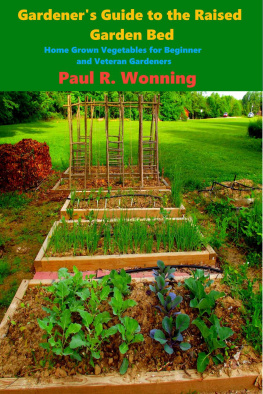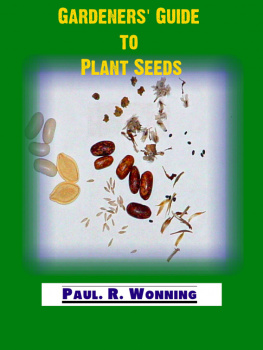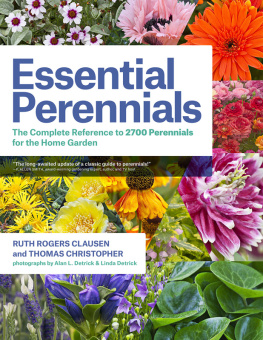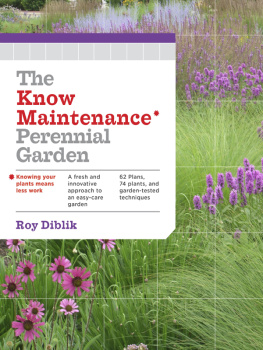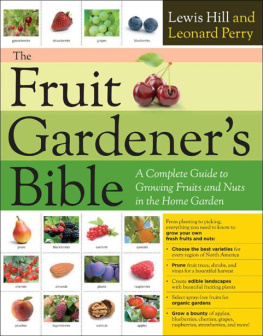Contents
Guide
Page List
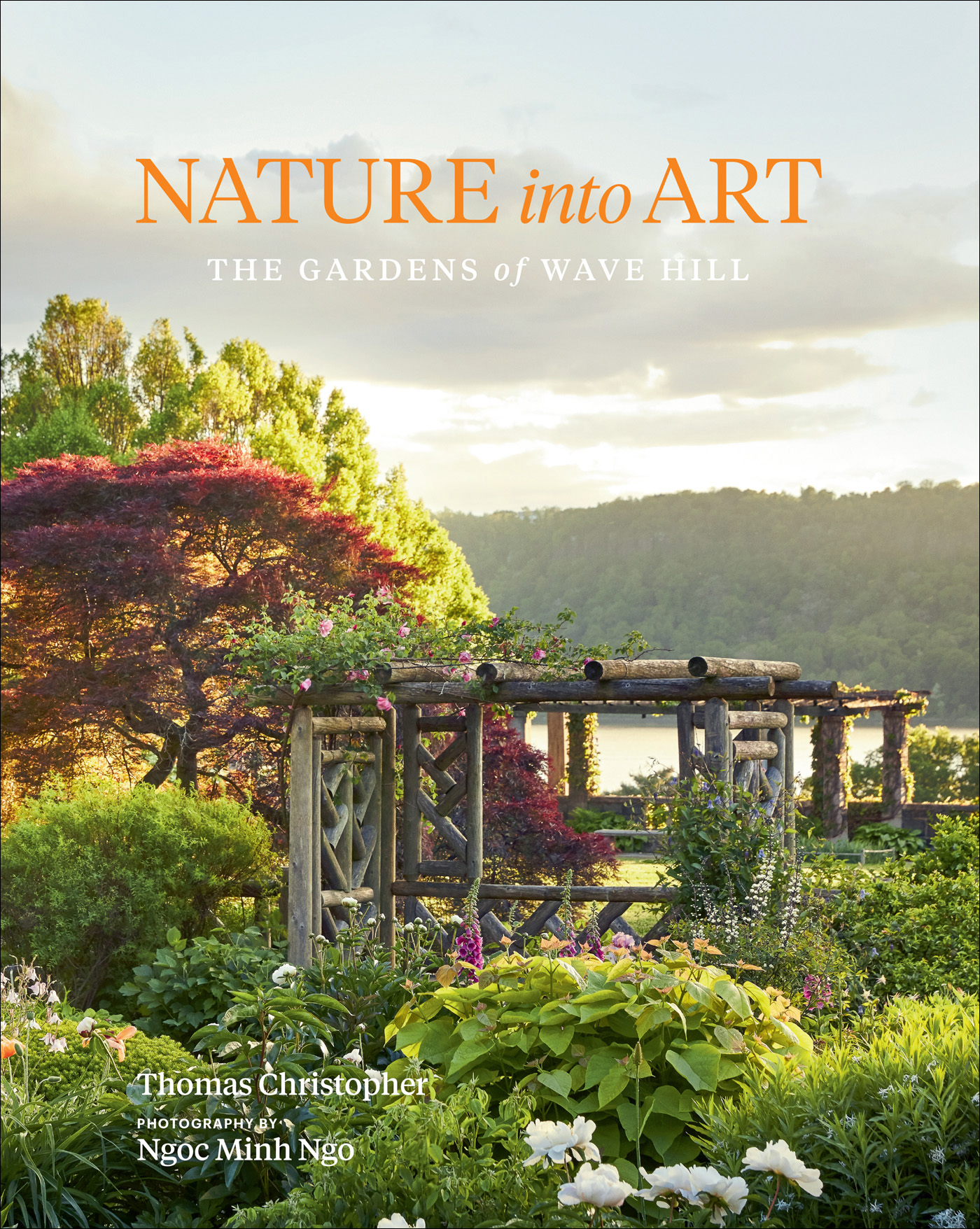

The leaves of upright wild ginger (Saruma henryi) are textured and shaped like hearts.
NATURE into ART
THE GARDENS of WAVE HILL
THOMAS CHRISTOPHER
photography by NGOC MINH NGO
Timber Press Portland, Oregon

Stinking hellebore (Helleborus foetidus) brings flowers to the Wild Garden late in winter through early spring.
This publication was made possible by the vision and support of one of Wave Hills most ardent admirers, Beverly Frank. Throughout its creation, we were guided by consideration of her deep understanding of this extraordinary place. This book is for everyone who loves gardens, but it is especially for Beverly.
Contents

Located on 28 acres overlooking the Hudson River, Wave Hill is one of the last surviving country estates in New York Citys five boroughs.
INTRODUCTION
Wave Hill History
and
Principles of Design
From the first day Wave Hill opened to the public in 1967, this garden began to break new ground, figuratively as well as literally. It is no exaggeration to say that over the following decades Wave Hill remade American gardeningas it continues to do today.
The country had never seen a public garden like this: intimate, personal, rich, and dynamic. And Wave Hill remains unique. The gardeners there practice a kind of classic horticultural craftsmanship unrivaled among other public gardens in the United States. The skill and commitment to detail of the Wave Hill staff is legendary. Yet coupled with this devotion to the craft and its inherited lore is a design spirit that has always been, and continues to be, daring and innovative. Every year brings changes to Wave Hill, new combinations of colors, textures, and forms, new themes and experiments. The different areas of the garden, each an original composition in its own right, have become emblems of American gardening, yet all are undergoing continual redevelopment. For this reason, the Wave Hill way of gardening remains as timely and exciting today as it has ever been.
The site of the garden is unexpected and extraordinary. Wave Hill is one of the last surviving country estates in New Yorks five boroughs. Former farmland that became summer villas in the mid-19th century, this expanse of open space overlooking the Hudson River has, at various times, served as home to Mark Twain, Theodore Roosevelt, and Arturo Toscanini. As the residence of the British ambassador to the United Nations it even hosted Queen Elizabeth, the Queen Mother. In its present form, the 28-acre estate was assembled at the beginning of the 20th century from a couple of neighboring properties by its then-owner George W. Perkins, a financier who was also instrumental in preserving the Hudson River Palisades, the magnificent cliffs across the river from Wave Hill. Wave Hill as it looks today reflects a collaboration between Perkins and Viennese-trained landscape gardener Albert Millard to unify the two estates.

George W. Perkins, a financier who was also instrumental in preserving the Hudson River Palisades, assembled the current Wave Hill property at the beginning of the 20th century.
Louis Bauer, Wave Hills current director of horticulture, and only its third, counts the sites location among its greatest assets. First, there is the surprise of passing through a gate in the Bronx and finding such a rural retreatin his words, the vastness of the view and the generosity of the grounds. More important, though, from a growers perspective, is the former estates peculiar geography. Set on the crest of a steep slope, it is swept by the breezes blowing down and across the river valley below. These keep Wave Hill warmer in winter and cooler in summer and help to relieve the stagnant humidity that can grip New York City at midsummer.

A many-layered garden in May, with a dramatic backdrop.
Mark Twain wrote of the place, I believe we have the noblest roaring blasts here I have ever known on land; they sing their hoarse song through the big tree-tops with a splendid energy that thrills me and stirs me and uplifts me and makes me want to live always. Certainly, the airy nature of the site benefits the longevity of many exotic plants; Wave Hill can grow humidity-hating Mediterranean and South African plants outdoors that do not survive even in the botanical gardens elsewhere in the same city.

Black cherry (Prunus serotina), left, and sweet gum (Liquidambar styraciflua), right, stand tall against the winds of Wave Hill so remarkable to Mark Twain.

Wave Hill House as it appeared in 1940.
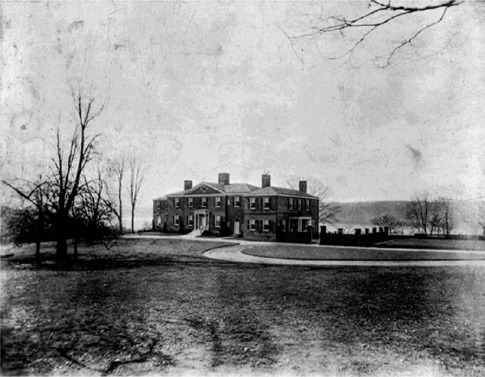
Wave Hills second estate house, Glyndor, in 1928.

A portrait of the Perkins family (date unknown), who donated Wave Hill to the City of New York in 1960.
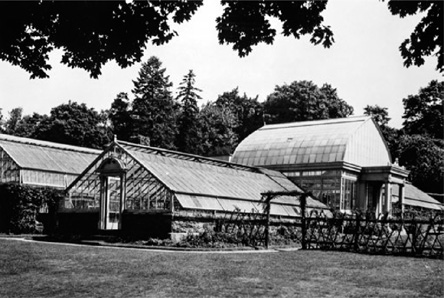
The glasshouses as they were during the Perkins residency at Wave Hill; only the columned entrance (right) still survives in its original form.
Aside from geography, however, some existing structures (including a pair of estate houses, Wave Hill House and Glyndor House, as they are now called), and a scattering of fine mature trees, there wasnt much planting here in 1967. George Perkins heirsthe last private owners of the propertyhad donated the estate to the city in 1960, and other than periodic mowing of the grass, there had been little upkeep. The glasshouses that the Perkins family had built on the property were in a ruinous state, and though there were the remains of a rock garden, aquatic garden, pergola, and lower lawn, only a couple of shrubs survived. Even the rather straightforward, formal rose garden was in need of restoration.
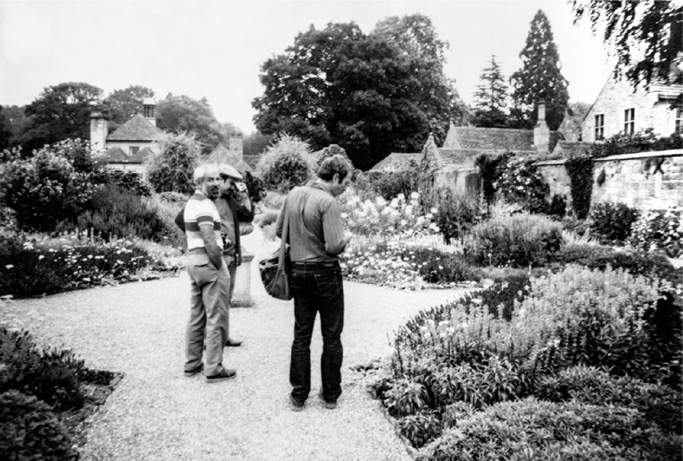
Marco Polo Stufano (left) and John Nally (right) touring Wakehurst in West Sussex, England, managed by the Royal Botanic Gardens, Kew.


